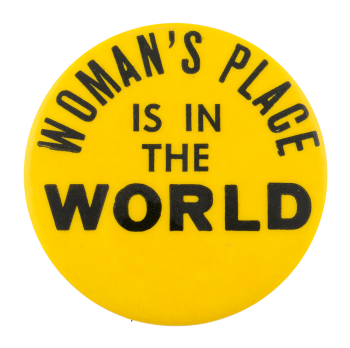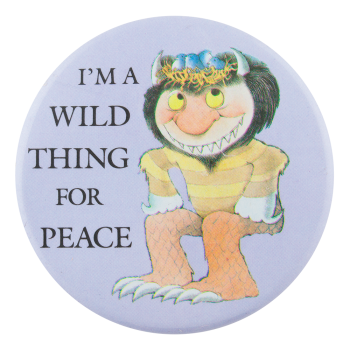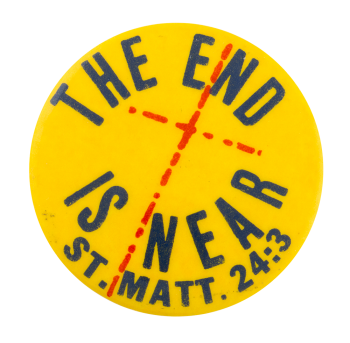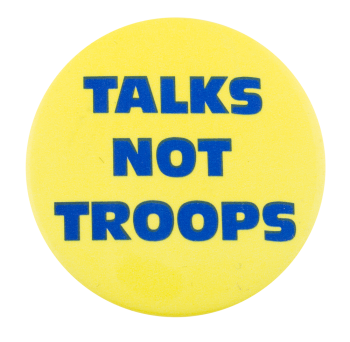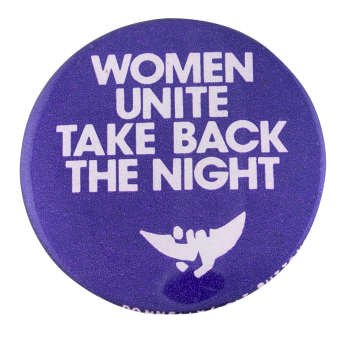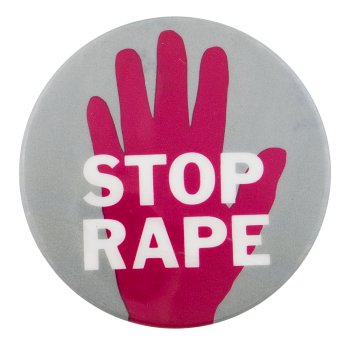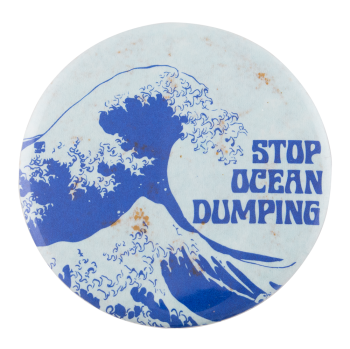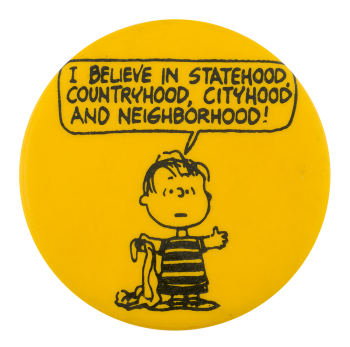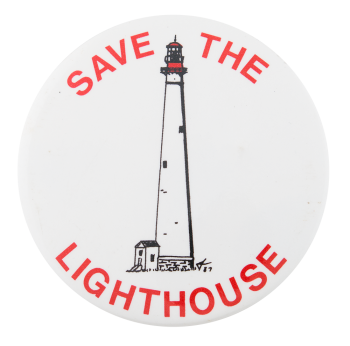Woman's Place is in the World
| Category | |
|---|---|
| Additional Images | |
| Text on Button | WOMAN'S PLACE IS IN THE WORLD |
| Image Description | Black text on a yellow background |
| Back Style | |
| The Shape | |
| The Size | |
| Year / Decade Made | |
| Additional Information | A 1970s women’s movement button, probably in support of the Equal Rights Amendment. This slogan is also seen in vintage cross-stitch format. |
| Catalog ID | CA0016 |

